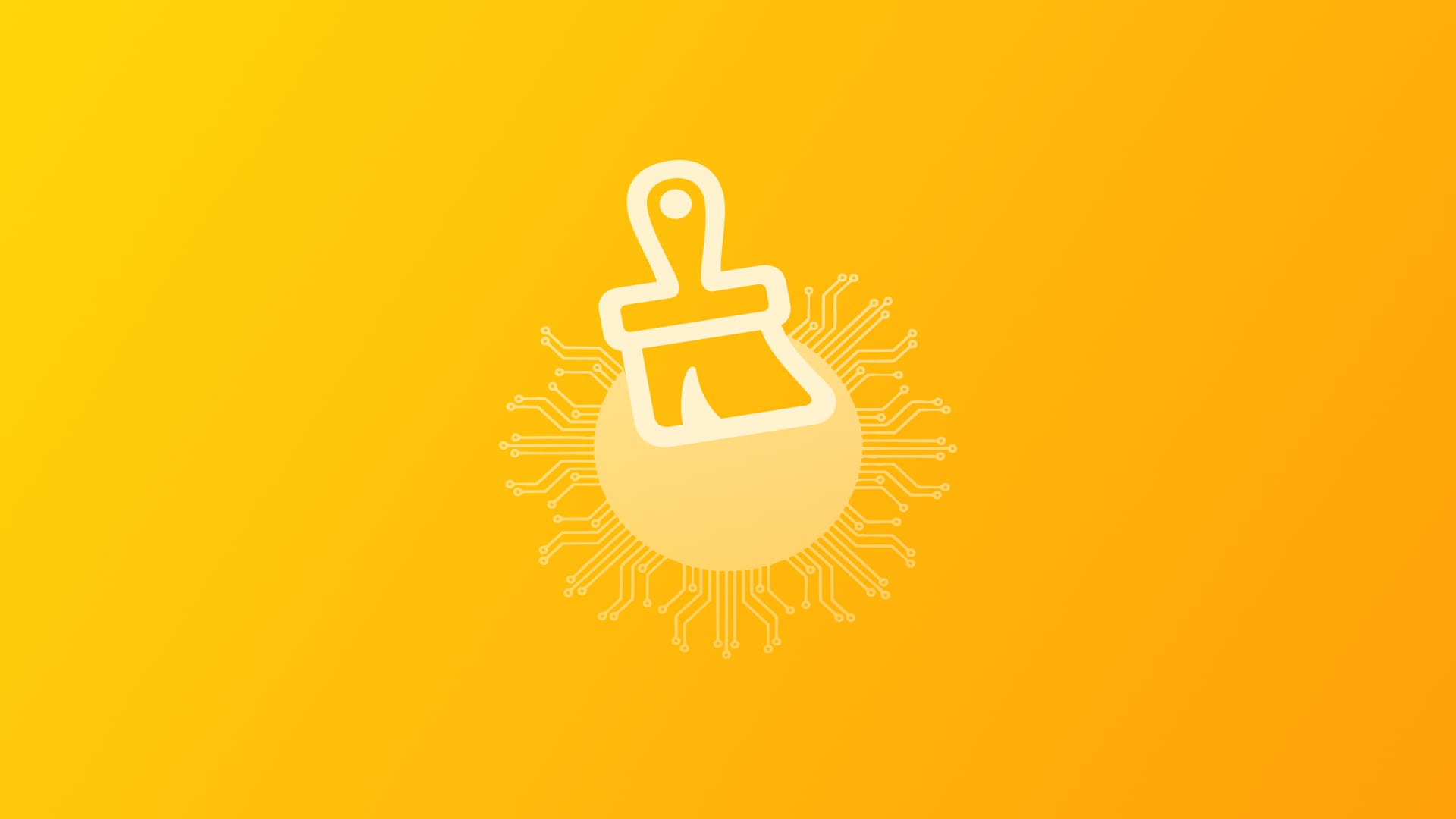
The Future of Design in an AI-Driven World
Discuss how design tools powered by artificial intelligence impacts the role of a designer in app development and design.
As Artificial Intelligence reshapes industries, its influence on design reaches a critical moment. Rather than replacing designers, AI is transforming design itself. Moving away from fear to opportunity as AI tools become integrated into creative workflows. It will lead to either a "Golden Age of Creativity" or "algorithmic homogenization".
It is the era of AI-first products, where interaction models evolve from command-based to collaborative and predictive experiences. Designers are more than creators –they’re curators, balancing automation with human creativity while ensuring the ethical implementation of AI capabilities.
The Future of AI in Design
The conversation around AI in design –its implications, advantages, and ethical concerns– is fresh and evolving. Some may fear AI will replace designers, in some ways, it will replace it –just as computers once disrupted traditional design roles. But one thing is known, designers will not only shape interfaces but craft experiences merging human-centered principles in AI-powered products.
To succeed in this shift, designers will need a blend of technical fluency, data literacy, and a deep commitment to design ethics. AI can also be a tool to enhance creativity, automate repetitive tasks, and accelerate workflows. This gives human designers more time to focus on innovation, strategy, and problem-solving, things AI can’t reproduce.
This is very exciting and will lead to more democratization of creativity and entrepreneurship. I get it, it’s scary. However, AI is already here and will continue to have an exponentially large presence in creative work. We can choose to fight it, but it will still push forward, and those who don’t learn it could become outdated by it.
Jessica Walsh, founder &Walsh Studio
Just as the printing press revolutionized knowledge sharing, AI is transforming creativity. Design tools have become accessible to many, reshaping what it means to have technical skills. Tools like Canva made design more accessible, with the fast and easy creation of visual artifacts.
Generative AI tools allow anyone to produce concepts, prototypes, and visual assets –quickly and in quantity. AI can be used as an augmentation rather than a replacement, while quality and decision-making remain human. AI may create thousands of apps, but human intuition and knowledge will understand what product should be delivered to users –and what product shouldn't be.
Tools have lowered the barrier, anyone can create. But when everyone uses the same tools, it’s vision and craft that make the difference. The demand for work that feels distinct, thoughtful, and human has never been higher.
Fons Mans, founder Offgrid
When everyone uses the same tools and references, the results tend to look the same and products risk becoming generic, uniform and forgettable. As AI-driven tools become standard, designers’ roles will shift from creators to curators, ensuring that AI-generated outputs align with real-world human needs. The difference lies in asking the right questions and making intentional decisions. Designers will define the balance between automation, originality and creativity.
AI-powered features are increasingly embedded in everyday tools –like Spotify, Notion, and OS– reshaping how we work, create, and interact. This road splits in two directions, one to the "Golden Age of Creativity", where AI democratize access to innovation and creative empowerment. The second brings to the "algorithmic homogenization", a soulless design driven by efficiency alone.
New products will appear, while others will become obsolete. This evolution impacts more than just design aesthetics, it disrupts business models. Bloomberg reports that small creators are losing traffic as Google prioritizes AI-generated search summaries. While Google claims their AI Overviews feature boosts visibility, data reveals that only larger platforms –particularly Google-owned YouTube– are seeing benefits. Independent creators are losing income, the website business is changing.
Designing for AI-First Products
Technology evolved from giving commands ("I tell you what to do") to collaborating with technology ("We do it together"). The next phase is intelligence-led design where systems adapt to us ("You do it for me"). User interactions will guide AI behaviour –never the other way around.
This next generation of era-defining technology won't be designed by accident –it will be built and designed by you. We want Figma to be by your side every step of the way –so you can push what’s possible and help you bring your designs from idea all the way to production.
Dylan Field, Co-founder & Chief Executive Officer, Figma
Just as apps evolved from needing to explain "what an app is" to just being used intuitively, AI will go through the same cycle. Now, we have the first generation of AI, and we need to explain what it is. Soon, products will seamlessly integrate AI, without explanation.
Yet, most AI apps are still essentially extensions of existing technologies. They rely on chatbots and prompt-based tools, requiring users to do the legwork to figure them out. As AI matures, interaction models must adapt, becoming more natural –and less dependent on prompt engineering. The establishment of AI will make apps more fluid and dynamic, introducing a new level of complexity for designers. Users want flexibility, but not unpredictability. Product designers must carefully balance which elements of the experience can evolve and which should remain stable to ensure clarity and comfort.
Apps today follow linear flows with defined paths. A goal, a direct path and a button at a time. AI-first apps will more often have feedback loops; where users continuously shape outcomes. Designing for this means embracing nonlinear, iterative journeys that feel fluid but remain purposeful. Designing these new ways means building experiences that are flexible, resilient and intuitive, allowing users to feel in control as the system adapts instantly. It's about interfacing with user intent, not just replying to user input.
As personalization increases, transparency and trust become critical. Products need to tell what the AI models are doing –and why. As large language models (LLMs) can sometimes produce inaccurate results, it's important to build for reliability. Using multiple models to cross-check outputs can help ensure more accurate, trustworthy results –while reinforcing user confidence.
AI won't replace designers; it will reshape design itself. As AI tools become omnipresent, the most impactful designers of the future will be the ones who understand how to guide and refine AI outputs. They’ll blend AI capabilities with human creativity, crafting experiences that are meaningful, ethical, and innovative.
The next design era belongs to those who treat AI as a tool –not a threat– pushing creativity beyond its current limits.
Ethics and Regulation in an AI-Driven Era
Ethical use of AI is no longer optional. For example, the European Union proposed the EU AI Act, a regulatory framework to ensure the safe and ethical deployment of AI technologies across Europe. The act classifies AI systems based on their potential risk to individuals and society, creating different levels of regulation for each category. The aim is to safeguard privacy, safety, and human rights.
Transparency means that AI systems are developed and used in a way that allows appropriate traceability and explainability while making humans aware that they communicate or interact with an AI system, as well as duly informing deployers of the capabilities and limitations of that AI system and affected persons about their rights.
Recital 27 of the EU AI Act
Designers must incorporate these values early in the process –building systems that are smart, safe, and especially fair.
Strategies for Human-Centered AI Design
Stepping into an AI-first era, designing experiences truly human-centric is more crucial than ever. To make AI-powered products ethical and user-centered, leading organizations and research groups are creating guidelines and toolkits to support responsible, thoughtful integration. By leveraging these frameworks, designers can create AI experiences that truly serve human needs. Here are some interesting resources supporting human-centered AI design:
- Created by the Human-Computer Interaction Institute, this kit is based on industry best practices for responsible AI innovation. It provides structured guidance for teams to brainstorm AI-powered products and services in a way that’s grounded in real human needs.
- IBM’s AI/Human Context Model emphasizes purposeful, context-aware solutions. It encourages designers to align AI systems with human goals by considering user intent, emotional context, and the broader environment.
- Google Explainability Rubric offers a structured approach to building transparent and fair AI experiences. It helps teams articulate how their product works and how AI is applied.
- Designed for teams building user-facing AI features Microsoft’s Human-AI Experiences (HAX) Toolkit supports early-stage ideation and system behavior definition. It helps developers think through how AI systems should act, respond, and support user needs before any code is written.
Prototyping AI with No-Code Tools
No-code platforms are democratizing AI development, empowering designers to prototype AI-driven products without needing coding skills. This accessibility allows innovation and enables quick iteration.
- Bubble + OpenAI Plugin: a platform to build apps that integrate GPT-based models with no backend code required.
- Glide: create AI-powered mobile apps using simple spreadsheet logic.
- Figma Make: is an AI-powered tool that transforms your designs into interactive prototypes and functional code using simple text prompts –all within Figma.
Prompting the Future Together
AI is transforming and redefining the designer’s role –not diminishing it. As AI is embedded in everyday products, it’s up to designers to guide how they’re used: to ask the hard questions, set ethical boundaries, and build systems that amplify the human voice.
The future belongs to those who see AI not just as a tool, but as a creative partner. We’re entering a new era where human-centred design and machine intelligence work in harmony to shape experiences that are more meaningful, intuitive, and responsible.

